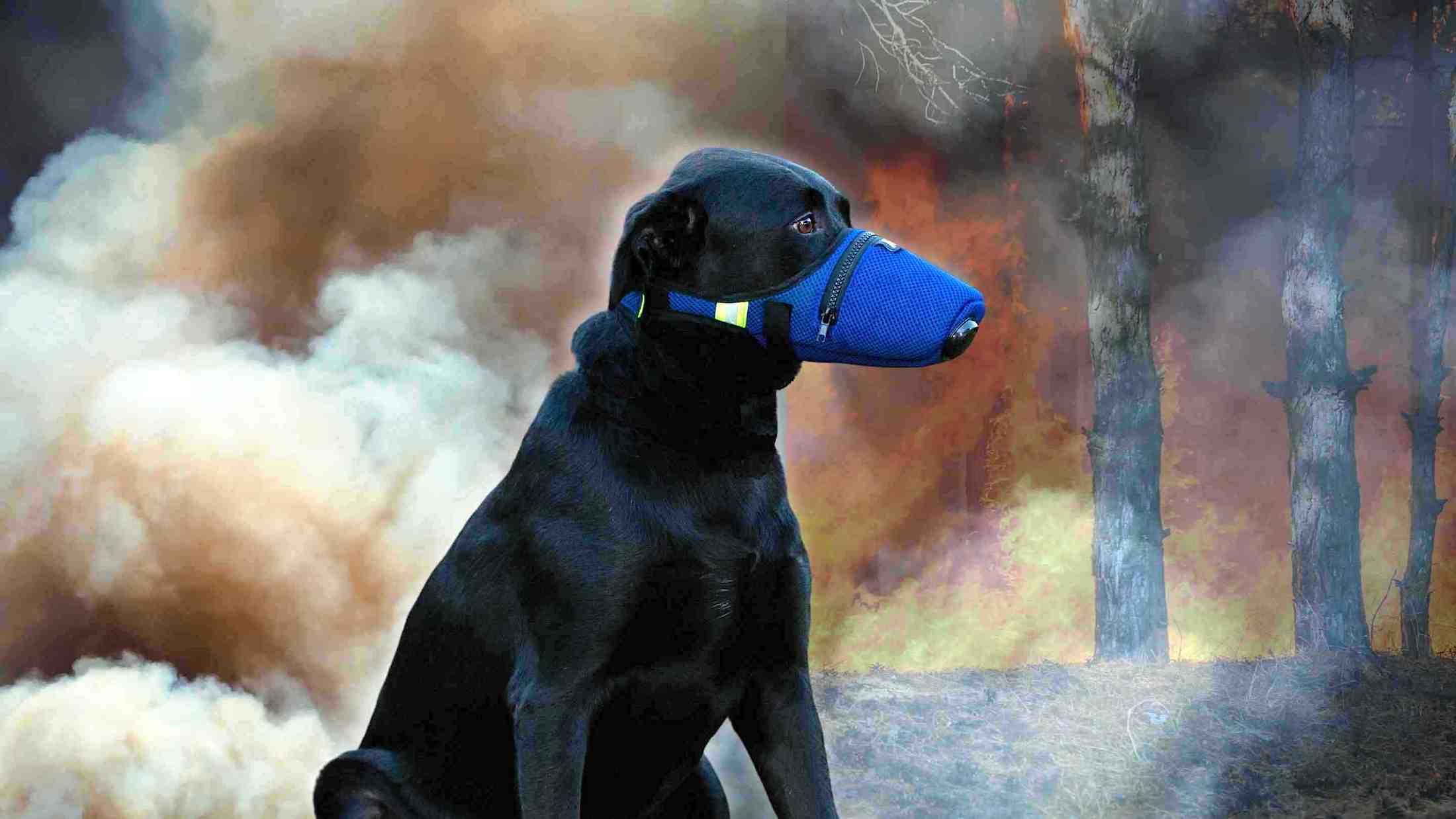When harmful ocean algae are growing out of control, this phenomenon is commonly known as “red tide”. It adversely affects sea life, resulting in the death of many fish. All the death and decay of these sea creatures emit various chemicals that may have an unpleasant odor.
Besides the odor, the red tide common causal organism Karenia brevis itself emits a characteristic smell. It produces toxins known as brevetoxins, which is a neurogenic toxin. The substances emitted due to algal bloom can be transported through the air. Upon exposure to these toxins, people and pets can experience respiratory irritation to the lungs and throat, a scratchy throat sensation, as well as difficulty breathing.

Red tides are a common and naturally occurring event that releases toxins into sea spray aerosols. These aerosols are a particular problem at beaches, as they can cause respiratory distress to lifeguards, beachgoers, and pets. Although these short-term effects of the airborne toxin are well characterized, potential longer-term effects remain a concern to health officials and coastal communities.
Large scale toxin buildup in the water causes mass sea life death as well as contaminated shellfish, that when consumed, cause severe gastrointestinal and neurologic symptoms. Those that inhale sea spray containing these toxins are at risk for DNA damage one study suggests. This year, Florida is experiencing one of the worst red tide outbreak in decades. At its peak, over 145 miles of coastline was observed to have an above average level of algae responsible for the “red tide”.
Allergy specialists reported a 20% increase in patients above normal for the summer months. The effect can be exacerbated for those that are immunocompromised or especially susceptible to changes in air quality. A recent study of asthmatics showing an increase in symptoms associated with red tide as well as decreased lung function in as little as one hour of beach exposure.
Veterinarians warn pet owners to keep their furry friends from coming in contact with red tide. “Dogs like to turn around and lick themselves and they can ingest that toxin,” said Dr. Sharon Powell, a veterinarian at Edison Park Animal Hospital. “If they ingest a sufficient amount it can cause different neurological problems.” Dr. Powell said some symptoms to watch for are shaking, dizziness, skin irritation, or trouble breathing.
Factors such as wind speed, surf, relative humidity, and temperature all play a role in the transmission of these toxins from sea to land. The sea spray from the natural tides cause an aerosolization of the toxins which can then travel many miles onto land through air.
The effect of red tide’s lingering smell can persist for as long as the bloom is present. Red tide events can last for as long as a year before levels of the algae return to normal. To combat the problem of odor and discomfort in buildings we can use an assessment of the air conditioning system especially in those buildings located in and around the affected area.
An air conditioning system using carbon-activated HEPA filters to “scrub” the air of containments will improve indoor air quality. This technique can help alleviate some of the bad smell, throat and lung irritation, and difficulty breathing the toxins associated with red tide.
Indoor air quality assessments are beneficial to evaluating building environments contaminated by red tide toxic aerosols.














